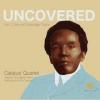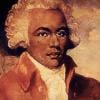
It’s not news anymore that the day has come for a major emergence of neglected Black composers into the mainstream of concert life. Some of this was underway before George Floyd’s death kicked the Black Lives Matter movement into a higher gear, but now it has become a bandwagon, with one orchestra and small group after another adding historic figures like Florence Price and Julius Eastman and contemporary voices like Jessie Montgomery to their pandemic streams. And a convenient way to get a basic handle on the history of classical music by Black composers is available in one box of 10 CDs.
Let’s go back to the 1970s when some major record labels were still fronted by enlightened visionaries like Goddard Lieberson, who came out of retirement in 1973 to resume his old position as president of Columbia Records after the firing of Clive Davis. It was in Lieberson’s second term that Columbia Masterworks joined up with Afro-American Music Opportunities Organization (AAMOA) to start the Black Composers Series, a sequence of albums that would give major-label exposure to a whole lineup of neglected figures.
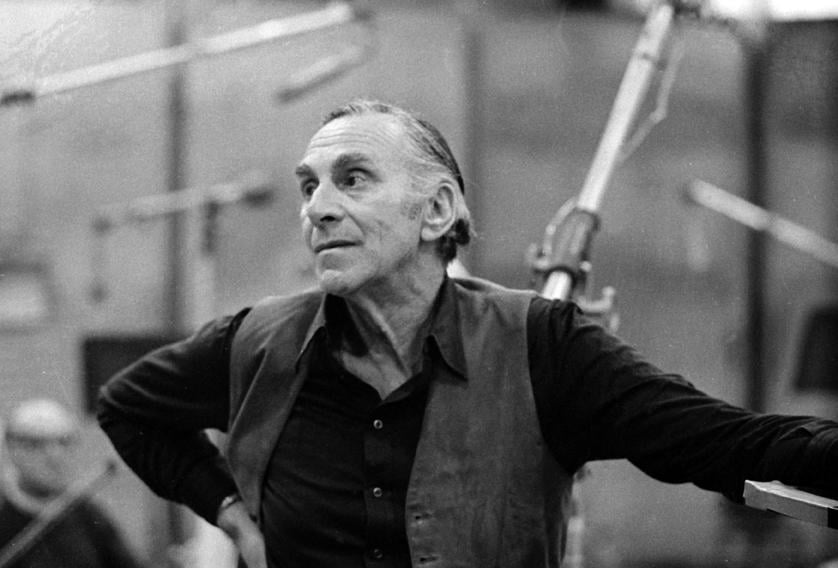
Columbia spared nothing to give the project every chance to succeed, enlisting top-flight orchestras — the London Symphony in five of the albums, the Detroit and Baltimore Symphonies and Helsinki Philharmonic in the others — the Juilliard Quartet, violinists Jaime Laredo, Sanford Allen (the first Black member of the New York Philharmonic), and Aaron Rosand, cellist Janos Starker, and the label’s roster of producers and engineers. Paul Freeman, one of just a few working Black conductors of classical music, served as artistic director and conductor. The first four albums in the series came out in March 1974, four more followed in June 1975, and the original plan was to keep on releasing four albums per year through 1978.
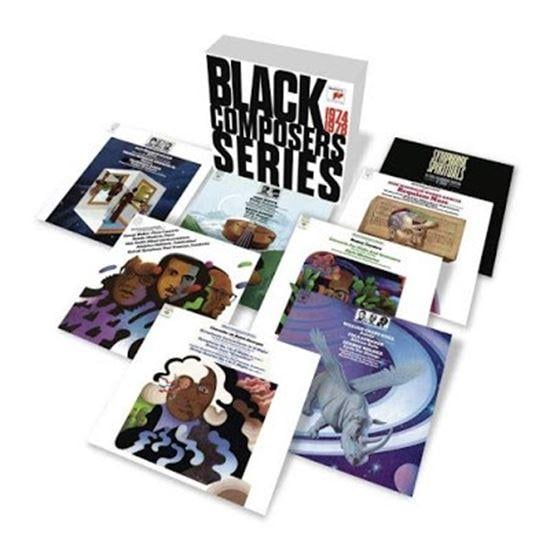
Alas, something fell through — funding? disappointing sales? — and only one more album emerged in January 1978, delayed for two years after the recording date (Lieberson had retired for the second and final time in 1975). The series had a rather short shelf life; the last five albums went out of print before the decade was out, while the first four hung on for a while into the 1980s until they, too, got the deletion axe. Decades later, Freeman rerecorded several of the pieces with his Chicago Sinfonietta for Cedille’s smaller-scale, three-volume African Heritage Symphonic series, but otherwise, most of the music returned to obscurity.
It’s hard to imagine any of the three “major” corporate labels coming up with such an adventurous, systematic project today. But Sony — the current owners of the Columbia archive — did the next best thing two years ago by reissuing all nine Black Composers Series albums in a handsome, compact, inexpensive box, adding as a bonus another Freeman album, Symphonic Spirituals, made after the project was over for Columbia’s red pop label.
What Columbia uncovered here is a little-used, not as carefully maintained highway running parallel to the main expressway of the classical-music repertory, passing through mostly the same neighborhoods, used by the same vehicles (symphony orchestras, choruses, a string quartet, etc.). Now and then, the highway veers off to serve some urban neighborhoods that the main expressway bypasses, but always remaining parallel.
Some musicians and writers have insisted upon calling jazz “Black classical music” — always an aggrandizing misnomer to me; jazz is jazz, and there’s nothing wrong with that — but this box contains literally, and more accurately, Black classical music if we accept the form as music with European roots composed by Black musicians. Not much could be said to be ahead of its time, even the most gnarled modernist pieces — nor out of its time.
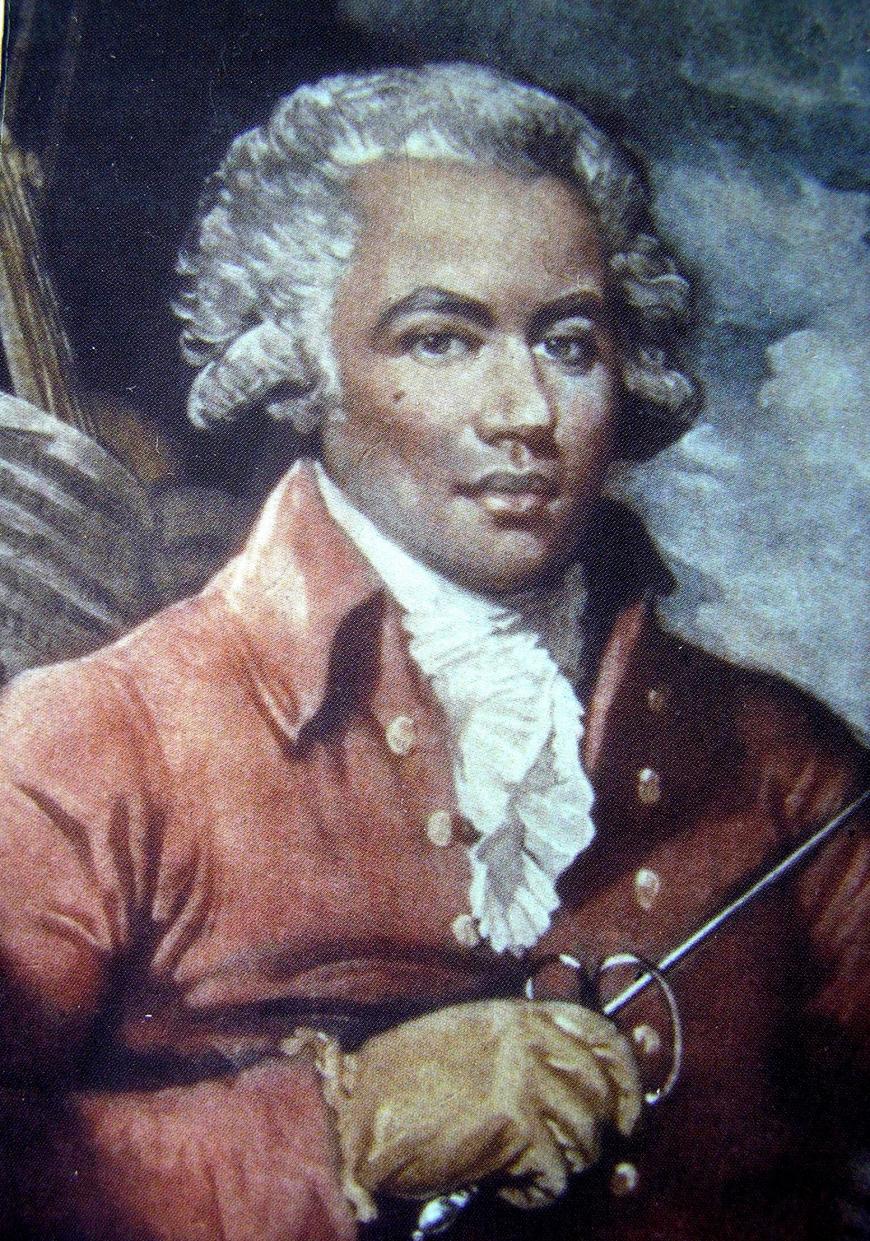
Inevitably, the set launches with the first historically significant Black composer, Joseph Bologne, Chevalier de Saint-Georges, whose delightful Symphony No. 1 is a slice of Haydn classical language that could grace any socially-distanced chamber orchestra program. The Juilliard Quartet performs the Chevalier’s polite String Quartet No. 1 in C; the Symphonie Concertante is given a lush orchestral treatment by Freeman and the LSO; period-performance practices had not yet taken a vise-like grip on all 18th century music performances in the 1970s. Another historical figure based in Europe, Samuel Coleridge-Taylor, is represented at his most Romantic in an aria from Hiawatha’s Wedding Feast and at his most light-hearted in the Danse Negre from his African Suite.
As you go through the set, you can find several worthy pieces that can be easily punched into the general repertory by alert impresarios. George Walker’s Trombone Concerto wears well after a number of listenings, a viable modernist work of considerable contrast and a winning finale (unlike the disagreeably severe Piano Concerto), a gift to curious trombone soloists faced with a dearth of solo material. José Mauricio Nunes Garcia’s Requiem Mass is good enough to substitute for Mozart’s well-trodden Requiem — try a blindfold listening test on people and see who they think wrote it — as Walker’s increasingly-played Lyric for Strings could stand in for Samuel Barber’s Adagio for Strings.
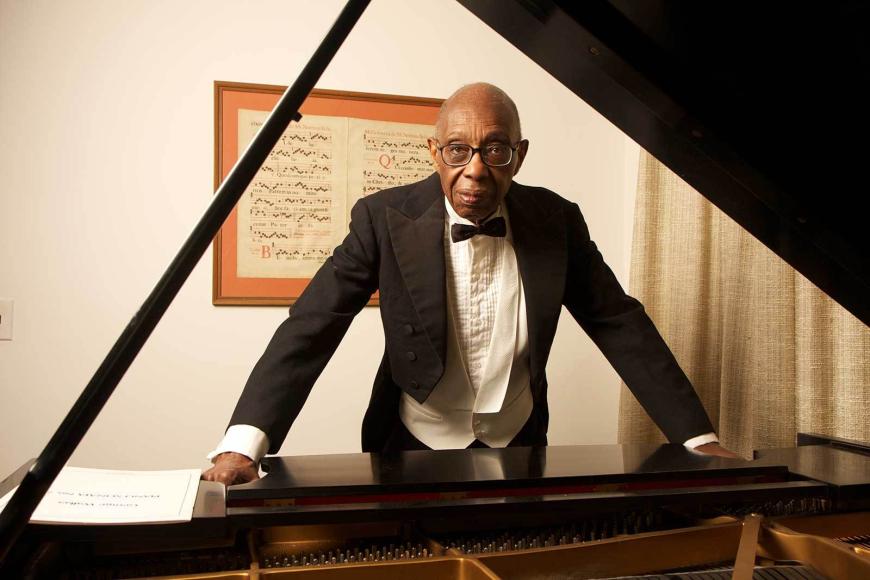
Roque Cordero wrote his Violin Concerto for Allen, who revels in its abstract, twisting, turning lines, while on the other hand, José White Lafitte’s Violin Concerto is a virtuoso piece straight out of the middle of the 19th century, done to a spectacular turn by Rosand. A greatly underrated violinist with an unshakable dark-colored tone, Rosand, who was white and Jewish, has written that this was the only record that he was allowed to make for Columbia mainly because more famous violinists on the label didn’t want to learn the Concerto due to its technical difficulties. He did not mention racism as a reason.
(Nor is racism necessarily the reason for the exclusion of other works from widespread performance. One long-time chamber music presenter in L.A. told me that he wants to program Coleridge-Taylor’s music, but found it hard to find musicians who want to spend the time learning new music for just a handful of performances. Maybe it won’t be as hard now.)
Not many of the pieces selected by Freeman betray a specifically African heritage or pedigree, but a few do turn up. William Grant Still’s Sahdji, a choral ballet that takes place somewhere in Central Africa, has an insistent pentatonic flavor and pounding rhythms that try to evoke the motherland. One of the composers, Fela Sowande, was a Nigerian tribal chief who moved to London and eventually settled into American academia. His own African Suite for strings and harp as excerpted here translates Nigerian tunes into a pleasing, lush, neoclassical language from 1930 (the booklet notes wrongly place it in 1955).

Still’s Afro-American Symphony is the piece most indelibly connected to the jazz and blues strains of Black American music in this box — and Freeman and the Londoners feel the inflections as idiomatically as anyone. The finale of the otherwise knotty David Baker Cello Sonata (with Starker) contains ever-so-brief passages of boogie-woogie blues in the cello line.
Of the modernist pieces, two in particular stand out. Ulysses Kay’s Markings from 1966 is a winner with plenty of dissonant drama and instrumental color. Olly Woodrow Wilson, who taught at UC Berkeley, is represented by his fascinating, turbulent Akwan (“roads” or “directions” in the West African Akan language) which augments the piano and orchestra with electric piano and amplified strings.
Thomas Jefferson Anderson Jr’s Squares is a vigorous, rigorous symphonic workout. Visions of Ishwara by Talif Basul Hakim (nee Stephen Alexander Chambers) is mysterious and disturbing. Adolphus Hailstork is represented only by the tiny Celebration! — kind of a rhythmically off-kilter series of ruffles and flourishes. Hale Smith’s Ritual and Incantation is downright scary in its dissonances and strange percussion interjections, made even more stark by the dry, blunt sound. Smith had a strong jazz background yet none of that shows. Smith also wrote several of the grandiose orchestral arrangements for Symphonic Spirituals, introduced in stentorian tones by none other than Rep. Barbara Jordan.
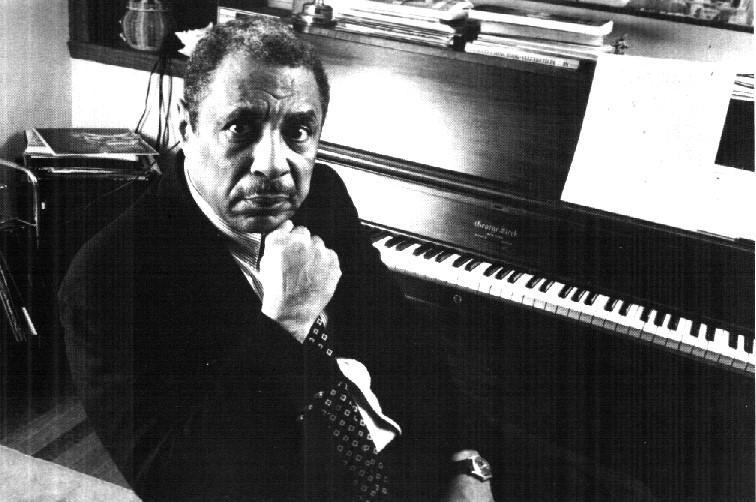
The individual sleeves exact are reproductions of the original LP covers with the liner notes in microscopic print; unfortunately, the first four albums in the series only had information on the project, not the pieces performed. The new booklet notes by Terrance McKnight don’t say much about the music either, just brief sketches about each composer, so a magnifying glass for the sleeves will come in handy.
Given that this project’s timespan extends only up to the 1970s, it understandably doesn’t take into account the many developments of the last half-century — nor does it give much of an idea of some of the composers’ versatility in other idioms. But it does provide a benchmark, a tutorial on where Black classical music has been and what the possibilities are for future performances. I’d pick it up right away since boxed sets like these tend to go out of print quickly.


